Dogs are creatures of habit and thrive best when they have a daily routine—this includes their pooping schedule. Whatever that schedule looks like, chances are your dog will follow it. But what if your dog is skipping potty time? How long can a dog go without pooping? And when should you start worrying? This article covers all you need to know about delayed pooping in dogs, including possible reasons and prevention methods.
Table of Contents
- How Long Can a Dog Go Without Pooping
- When to Be Concerned About Your Dog Not Pooping
- Common Reasons Why Your Dog May Not Poop for a While
- Easy Ways to Prevent Dog Constipation At Home
How Long Can a Dog Go Without Pooping—What’s Considered Normal?
Most dogs defecate once, twice, or even three times a day, depending on their age and breed. In any case, once a pattern is established, it usually becomes a part of a dog’s daily routine. That’s why a missed poop or two might ring some alarms.
That being said, even the healthiest of dogs can go 48 hours without pooping. Some can even go up to 72 hours and still be no cause for concern. So, how long can a dog go without pooping? We’d say no more than 72 hours. Anything more than that should call for a visit to the vet.
When to Be Concerned About Your Dog Not Pooping
As we said, the longest a dog can go without pooping—and still be considered within the “nothing to worry about” phase—is between 48 and 72 hours. But in some cases, you might notice concerning signs even when you’re still within that time frame. These include decreased appetite, low energy levels, and whining while trying to defecate. If you see any of these symptoms, it’s best if you reach out to a vet, regardless of whether it’s before or after the 72-hour mark.
Common Reasons Why Your Dog May Not Poop for a While
Recent Surgery
Dogs can be fussy in their post-op condition since their bodies need time to adjust. This is due to various reasons. To begin with, the anesthesia and pain medications tend to slow down digestion and lead to temporary constipation. It’s also possible that Fido might not eat much before and after surgery, possibly due to pain. This results in reduced stool production. Plus, the stress of the operation itself can affect Fido’s bowel movements. To get your furry friend back to its normal bathroom schedule, you can take it on gentle walks, give it plenty of water, and gradually help it return to its regular diet.
Constipation
Your dog can be constipated if it has a lack of dietary fiber or if it’s not drinking enough water. Swallowing indigestible items can also cause constipation. You’ll often notice them strain or stop pooping altogether. Other signs include discomfort, pain, and the inability to poop despite trying. If left untreated, severe constipation can cause more serious issues like megacolon. Changing your dog’s food to include more fiber, creating a healthy exercise routine, and offering fresh water at all times can help your dog avoid constipation overall, but more on that later.
Dehydration
If your dog has gone a few days without defecating and you’re wondering how much longer can your dog go without pooping and what you can do to avoid this situation, you might want to take a look at your dog’s water intake. Hydration is essential for smooth digestion and healthy bowel movements. If your pooch’s body is dehydrated, its body will absorb water from the colon, resulting in hard and dry stool that doesn’t pass smoothly. If you’re unsure if your dog is dehydrated, check its gums for dryness. Make sure to have fresh water available all around the house to avoid further dehydration.
Ingestion of Foreign Objects
It’s not only cats that curiosity kills. It can kill dogs, too. Dogs are curious creatures, and it’s not uncommon for them to nibble on a new toy or the socks they finally can get their paws on. If Fido ends up swallowing any of these foreign objects, they might end up blocking its digestive tract and causing difficulty pooping—in addition to many other issues, like vomiting, loss of appetite, and severe pain. This constitutes a serious medical emergency and calls for a visit to the vet.
Lack of Fiber
Fiber plays a major role in your dog’s digestive health. It helps with bowel movement and the formation of stool. A lack of fiber in your canine companion’s body can disrupt its pooping schedule. To solve this problem, you can simply add some fiber-rich ingredients like pumpkin puree to its diet.
Insufficient Exercise
Physical activity stimulates a dog’s bowel movement, helping the stool move through the digestive tract smoothly. A sedentary lifestyle, on the other hand, can make Fido more prone to constipation. That’s why, as a dog parent, it’s always a good idea to get familiar with your dog’s exercise requirements based on its breed.
Stress or Anxiety
If you have a sensitive dog, the slightest change in day-to-day life can cause anxiety. Be it a guest, a new pet, loud noises, or a change in its routine, your furry friend can be more affected by the change than you can imagine. A dog thart’s stressed or nervous will likely hold in the poop longer than usual.
Health Conditions
Underlying medical conditions such as hypothyroidism, kidney disease, spinal problems, or anal gland disorders can all cause Fido to have irregular bowel movements. Some of these health conditions slow down the body’s metabolism and cause pain. You’ll notice that your pooch may be hesitating to go. If this keeps happening, along with symptoms like vomiting, lethargy, or weight loss, it’s best to contact your vet.
Easy Ways to Prevent Dog Constipation At Home
Regular Exercise
Daily walks and playtime can boost Fido’s digestive system. As we mentioned earlier, regular exercise promotes healthy bowel movements. Try to create a daily walking routine you can stick to and dedicate some time to play fetch with Fido. The more active it stays, the lesser you’ll have to worry about constipation.
Increased Water Intake
Probably the most important measure you can take is to keep your pooch hydrated at all times, because dehydration, single-handedly can make it hard for dogs to poop. Make sure to put bowls of fresh water around the house to encourage your dog to drink. You can even add water to its dry food and offer ice cubes as a summer treat.
Pumpkin Puree
By now, we’ve all agreed that fiber is a great solution for constipation. In some cases, the fiber present in your dog’s dry food might not be enough, and to fill that gap, you can always resort to pumpkin puree—the yummiest, most gentle, and natural remedy. High in fiber, unsweetened pumpkin can go a long way in parenting a poop strike, and what's best is that just a spoonful will do.
Canned Dog Food
Even though dry kibble usually contains more fiber than canned dog food, it’s not always the only answer for constipation. Yes, the high fiber content is incredible, but if you’re having a hard time getting your four-legged friend to drink enough water throughout the day, canned dog food can be the answer. With the additional moisture it contains, canned dog food can help soften the stool and ease it out of the body. In an ideal world, you can offer them both in equal portions to your dog during the day, and get the best out of both worlds.
Coconut Oil
If your dog hasn’t pooped for some time, another highly effective remedy you can try is a little bit of coconut oil. This versatile ingredient acts as a natural lubricant in your dog’s digestive system and helps prevent—or treat—constipation. On top of that, it also supports skin and coat health. Just make sure to stick to small doses because too much of it can take your dog to the other extreme: diarrhea.
Olive Oil
Another safe oil you can try if your dog hasn’t pooped in a while is olive oil. It works as a mild laxative, keeping your dog’s stool soft. You can add a teaspoon to Fido’s meals every once in a while, or when needed. As with coconut oil, you’ll want to use olive oil in moderation. Too much of it can cause an upset stomach and even weight gain. After all, we want to solve a problem and not create a new one.
Conclusion
If you’ve ever found yourself wondering how long a dog can go without pooping, the short answer is: not more than 72 hours. While occasional delays are normal, constant issues often point to dehydration, poor diet, stress, or underlying health conditions. Luckily, most cases can be managed at home with fiber, hydration, and regular exercise. But if your dog shows signs of discomfort or passes the 72-hour mark, it’s time to call the vet. Prevention is key, but timely action matters more.

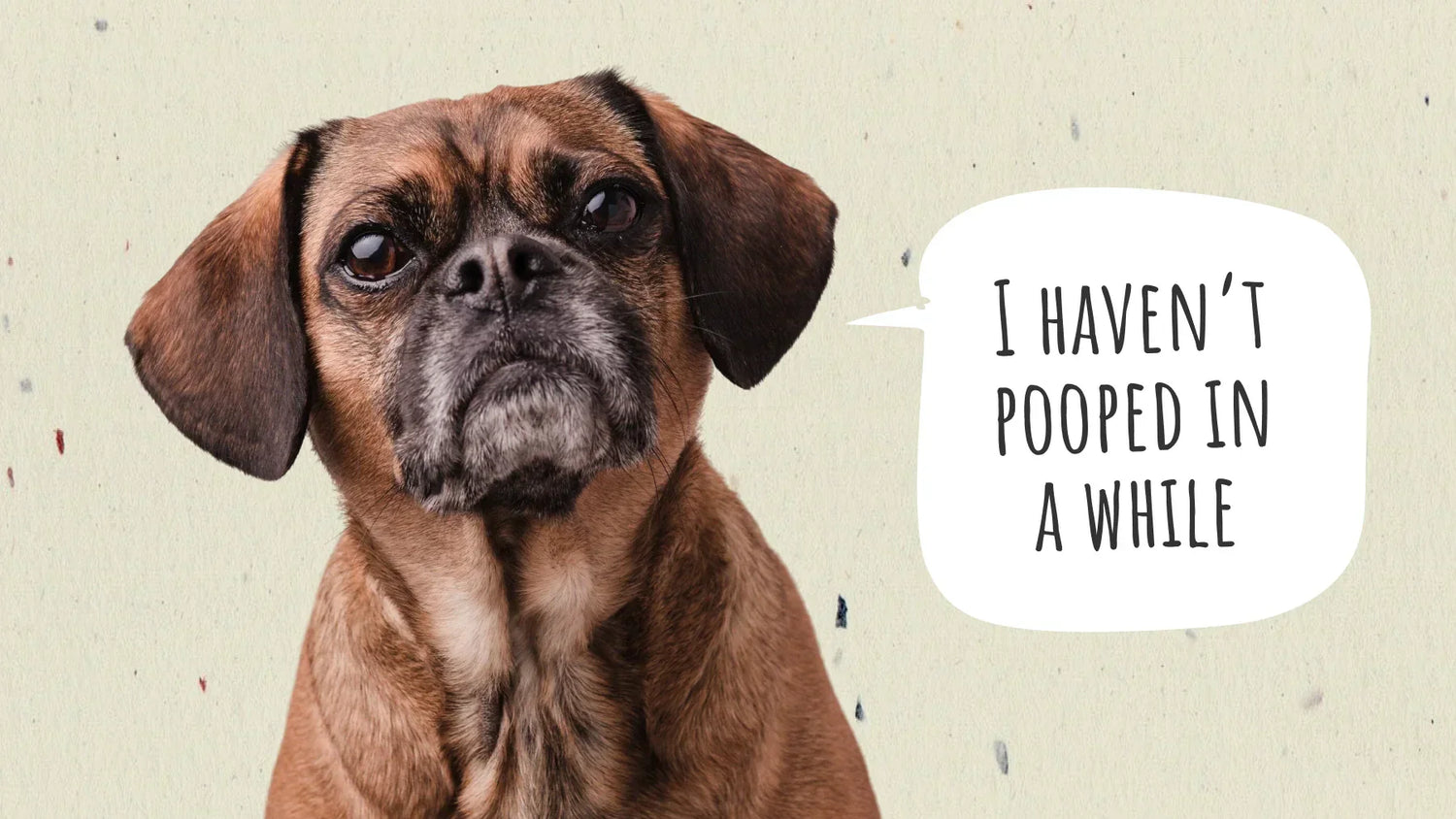
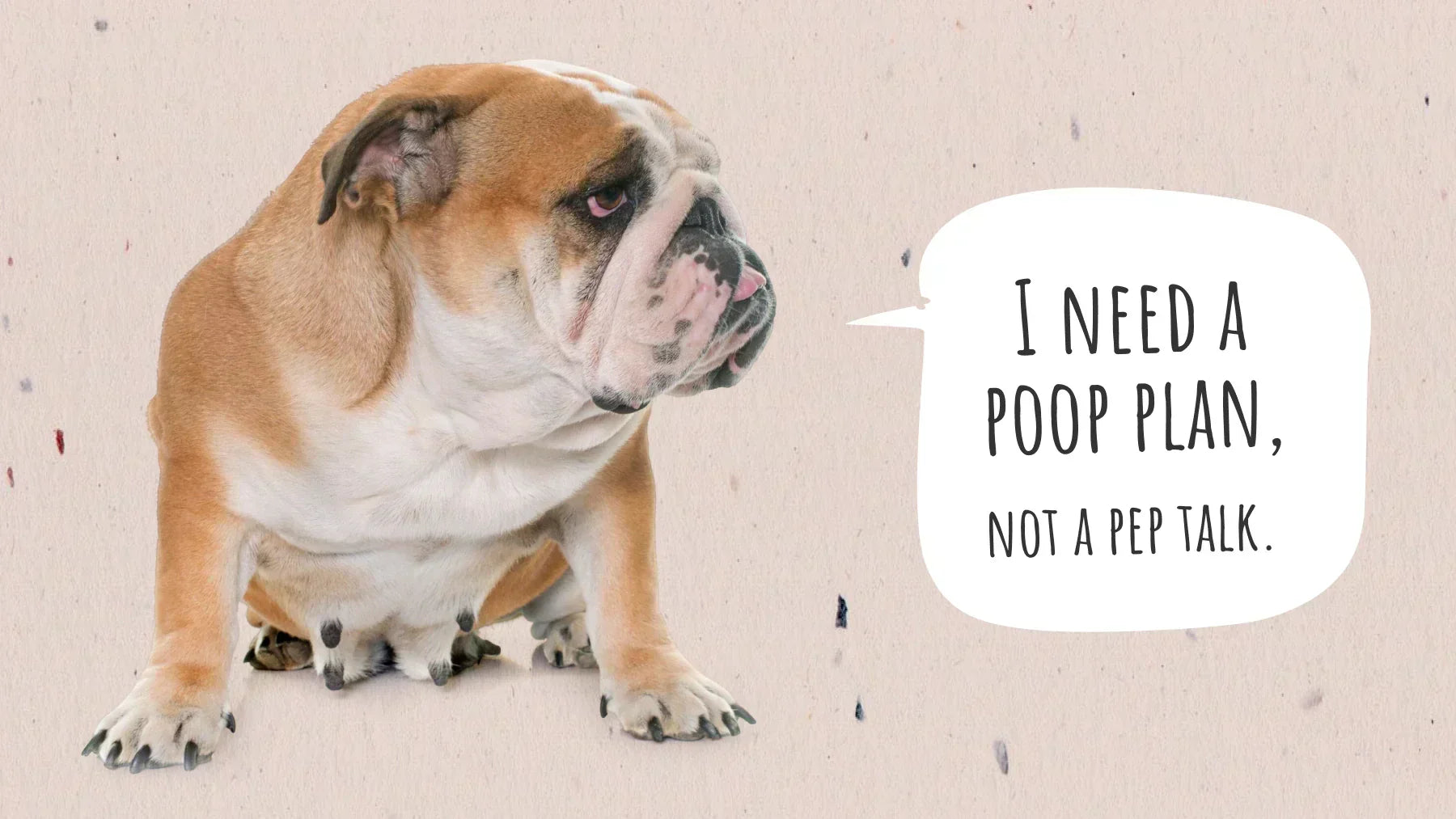
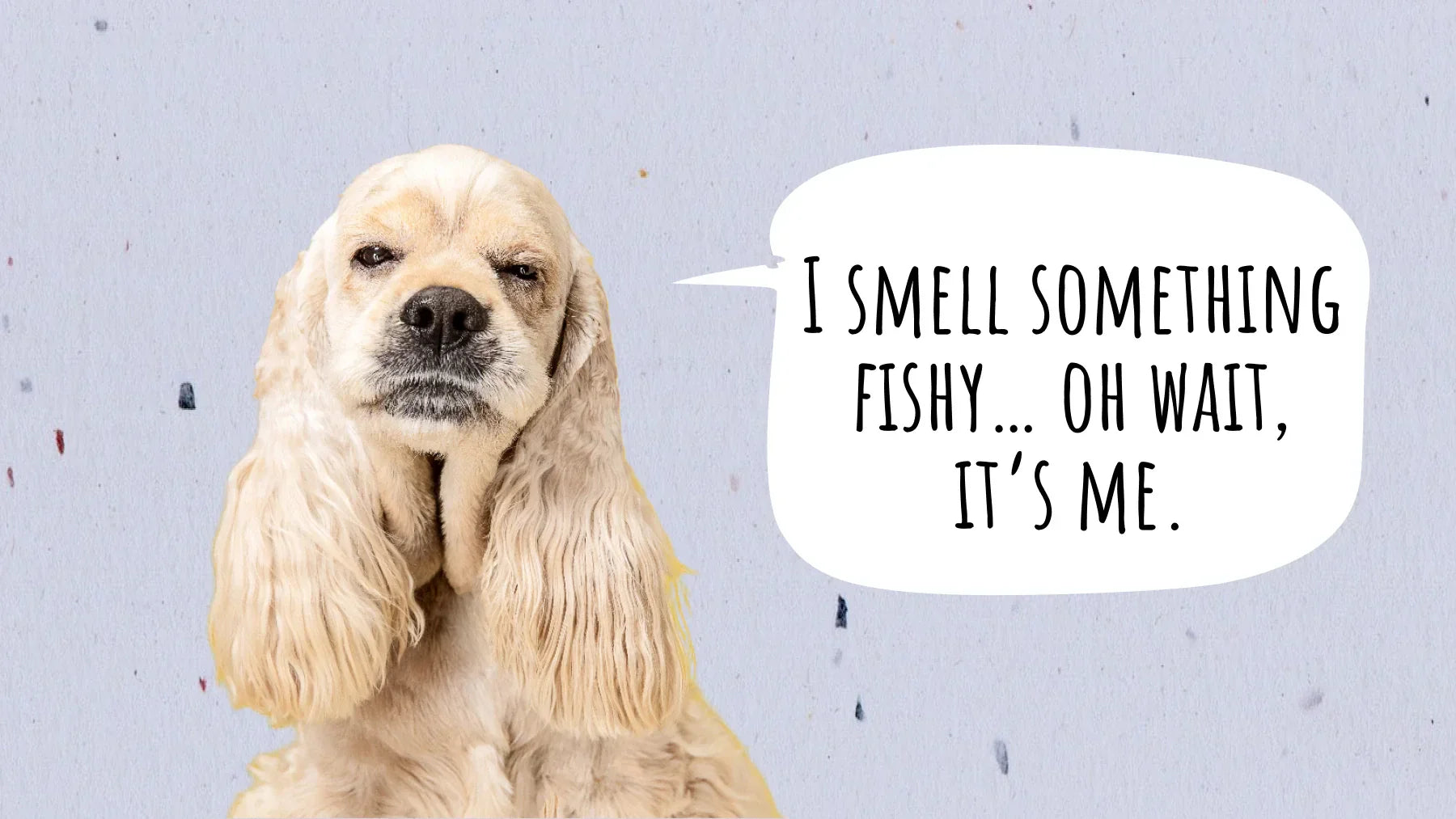
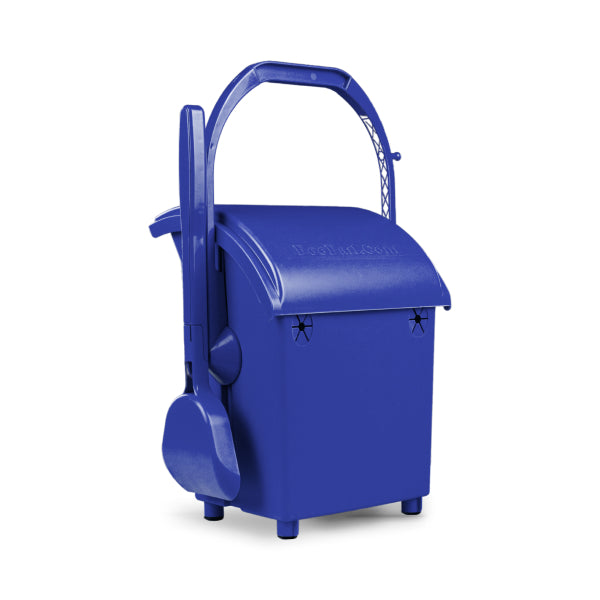
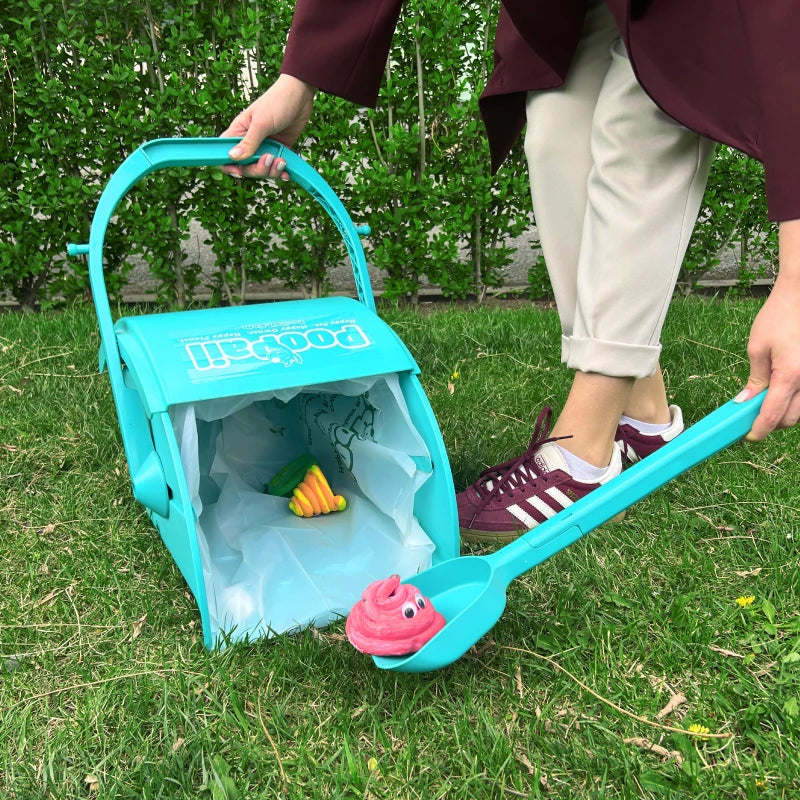
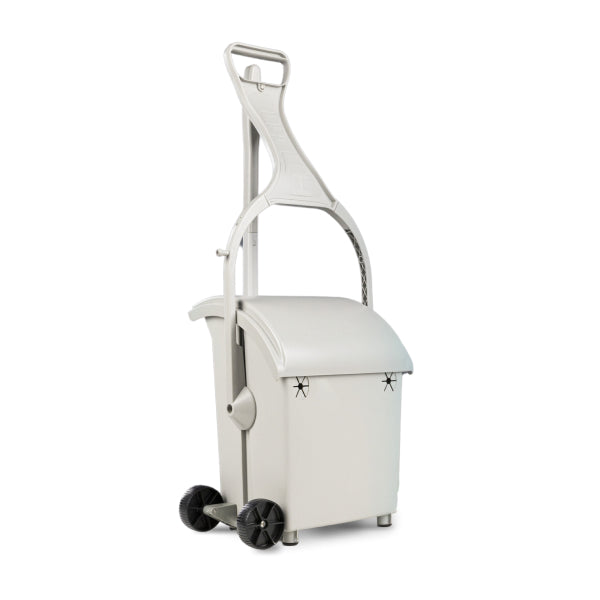
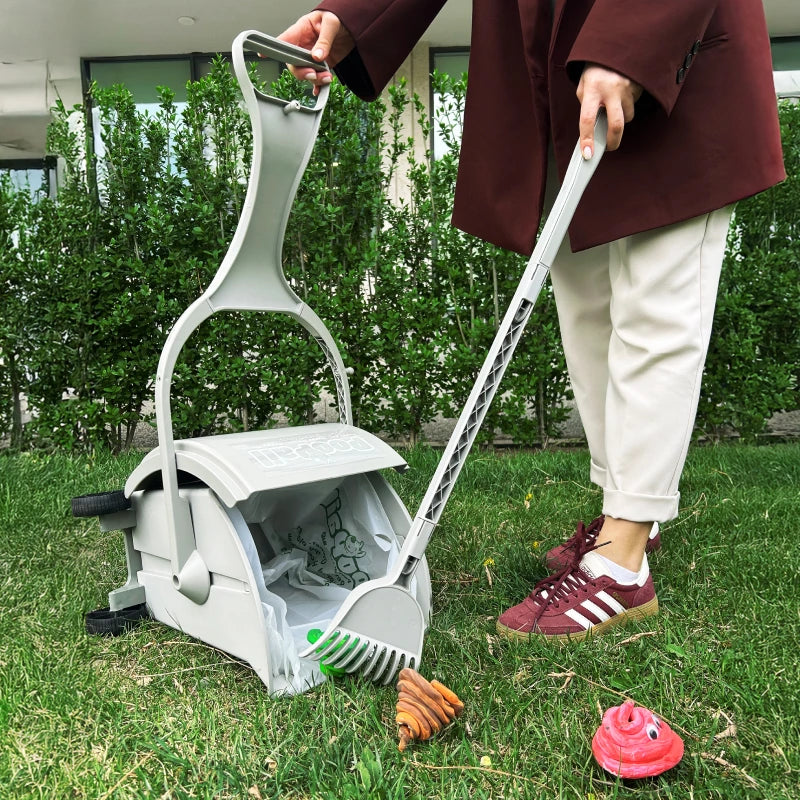
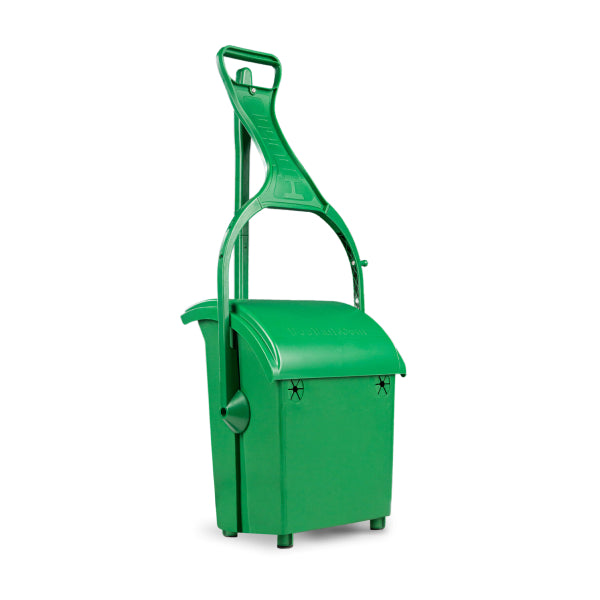

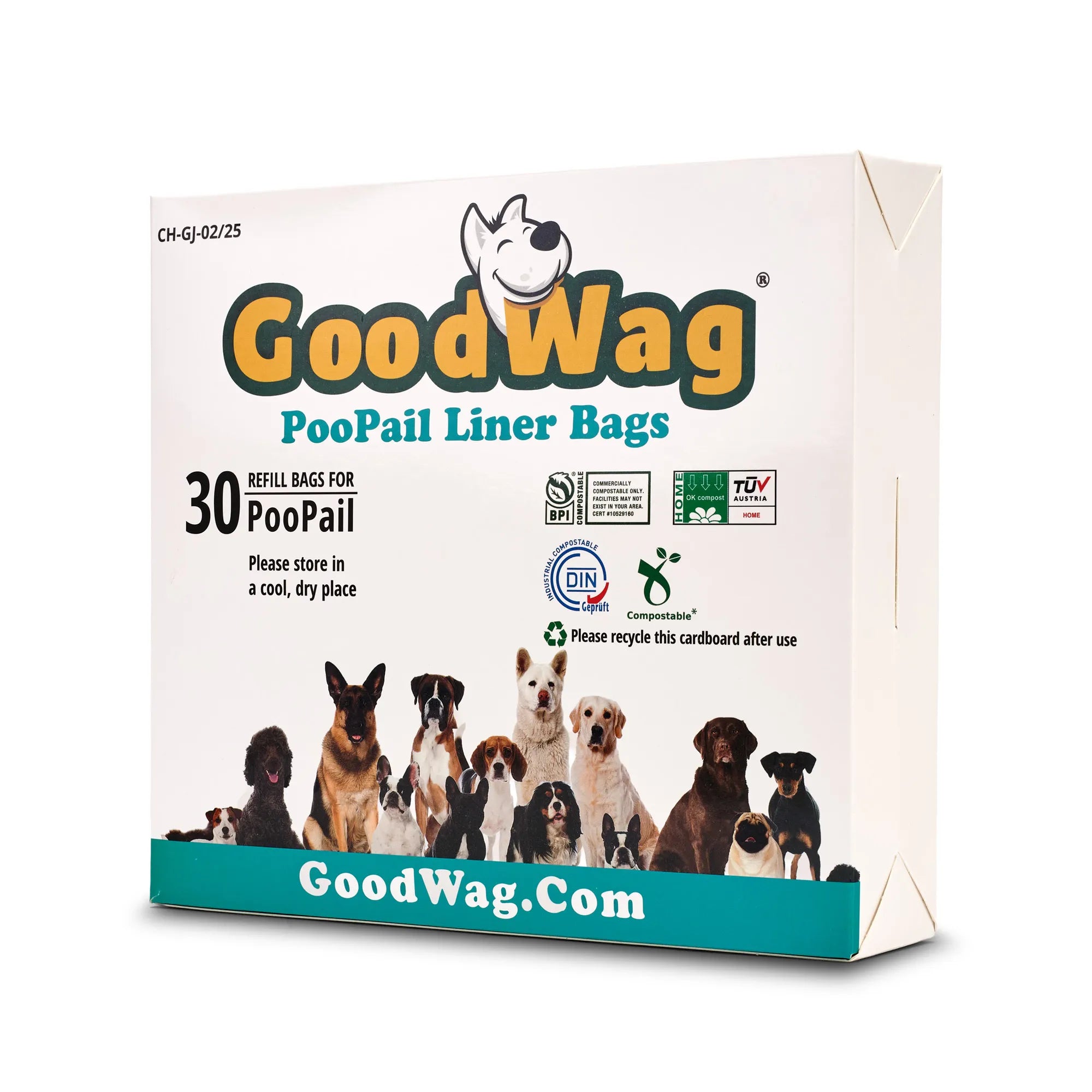
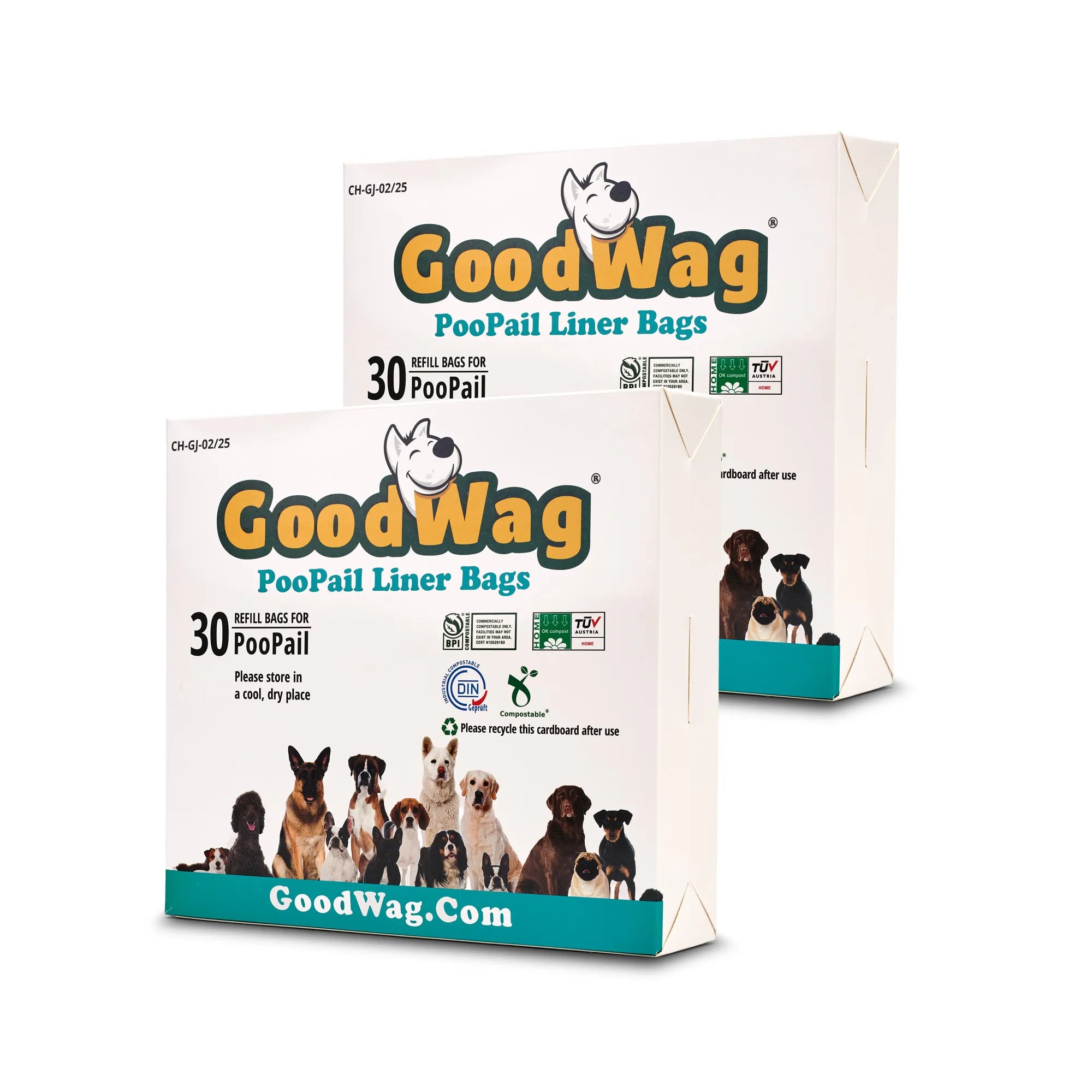
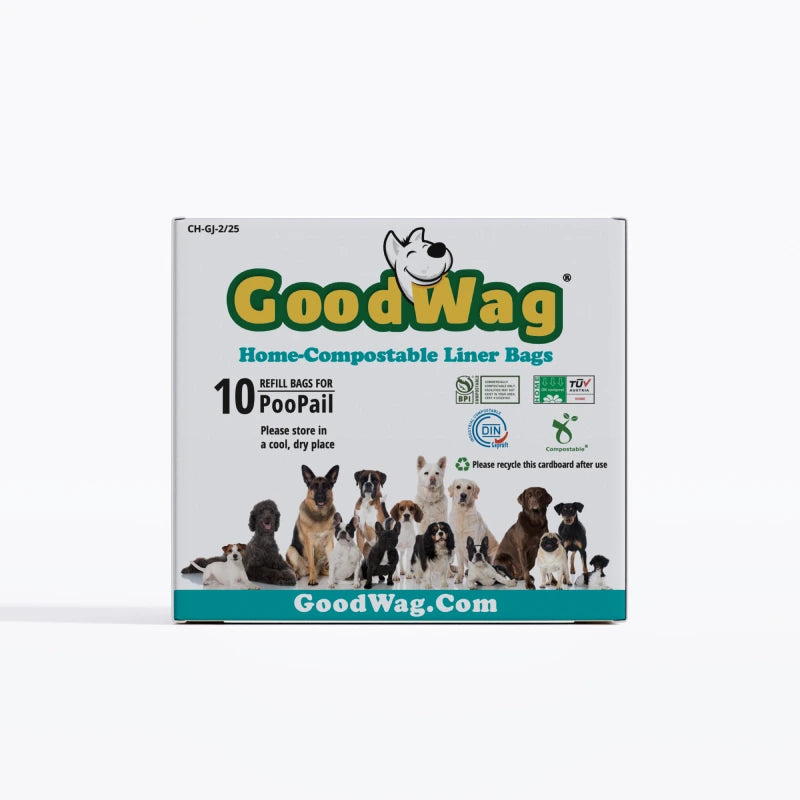
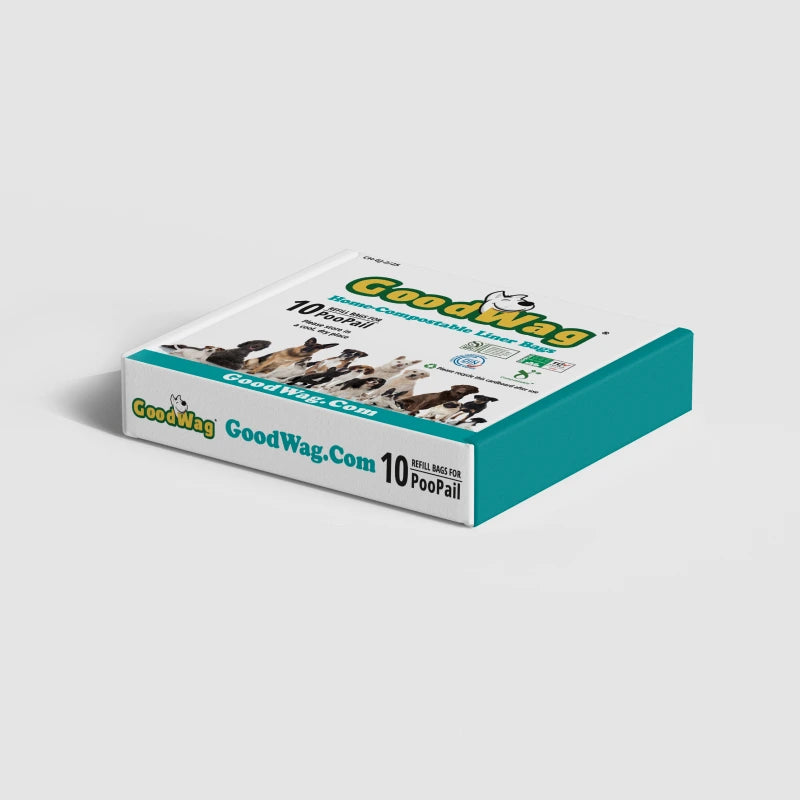
Leave a comment
This site is protected by hCaptcha and the hCaptcha Privacy Policy and Terms of Service apply.